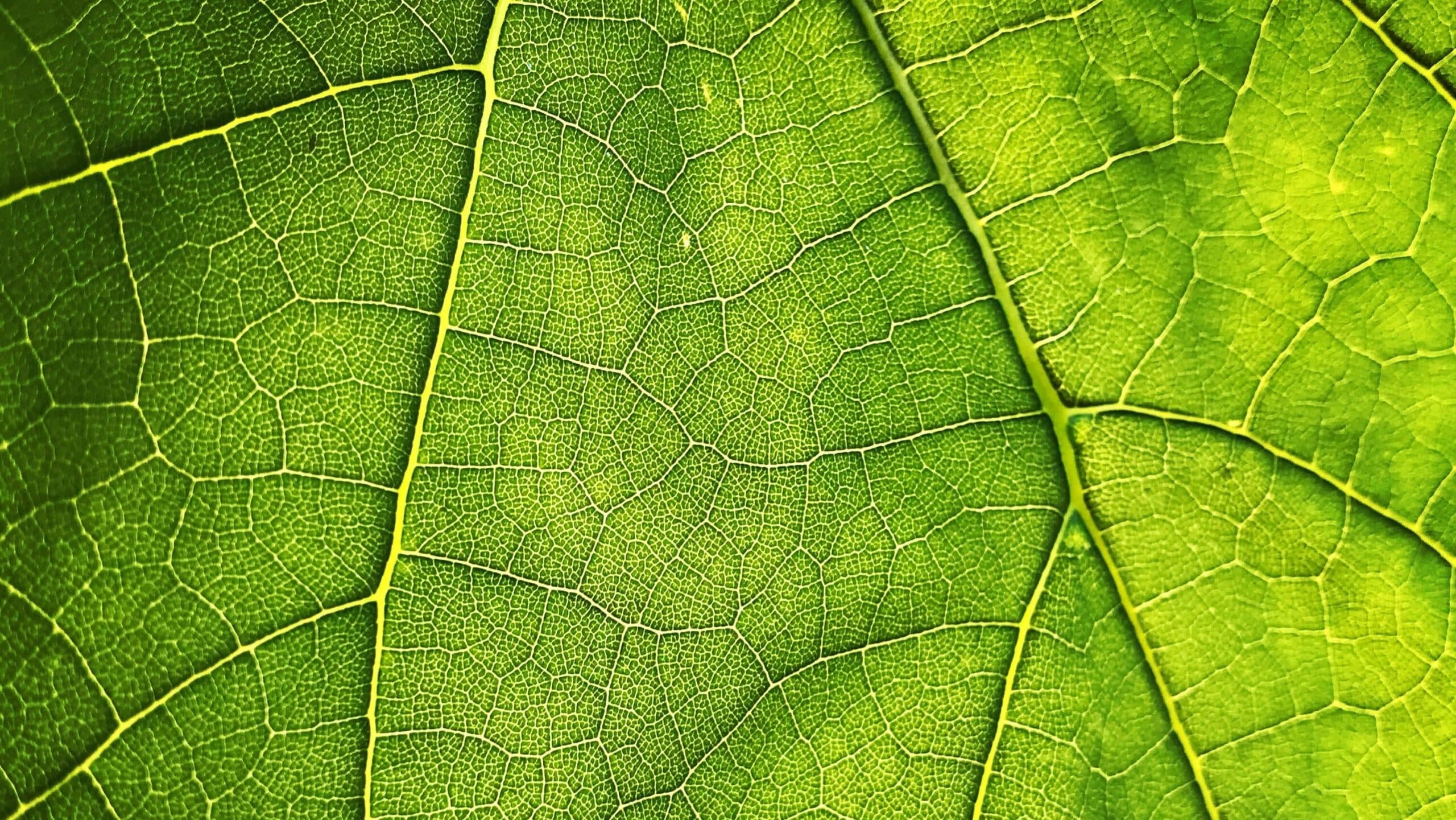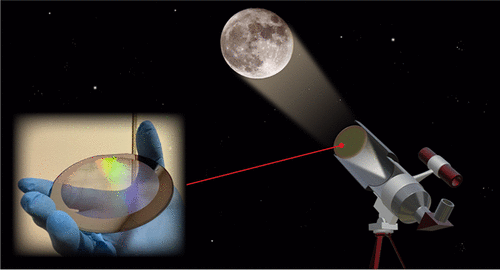2023-03-02 ノースカロライナ州立大学(NCState)
 Credit: Maros Misove on Unsplash, https://unsplash.com/photos/HGNtPpNQBcI,
Credit: Maros Misove on Unsplash, https://unsplash.com/photos/HGNtPpNQBcI,
<関連情報>
- https://news.ncsu.edu/2023/03/scientists-use-satellites-to-track-earth-greening-amid-climate-change/
- https://agupubs.onlinelibrary.wiley.com/doi/10.1029/2022GB007462
衛星による地表のフェノロジーの観測から、最大葉緑度は成長期の長さよりも全球の植生生産性と関連性が高いことがわかった Observations of satellite land surface phenology indicate that maximum leaf greenness is more associated with global vegetation productivity than growing season length
Xiaojie Gao, Ian R. McGregor, Josh M. Gray, Mark A. Friedl, Minkyu Moon
Global Biogeochemical Cycles Published: 24 February 2023
DOI:https://doi.org/10.1029/2022GB007462
Abstract
Vegetation green leaf phenology directly impacts gross primary productivity (GPP) of terrestrial ecosystems. Satellite observations of land surface phenology (LSP) provide an important means to monitor the key timing of vegetation green leaf development. However, differences between satellite-derived LSP proxies and in-situ measurements of GPP make it difficult to quantify the impact of climate-induced changes in green leaf phenology on annual GPP. Here we used 1,110 site-years of GPP measurements from eddy-covariance towers in association with time series of satellite LSP observations from 2000-2014 to show that while satellite LSP explains a large proportion of variation in annual GPP, changes in green-leaf-based growing season length (GSL; leaf development period from spring to autumn) had less impact on annual GPP by ∼30% than GSL changes in GPP-based photosynthetic duration. Further, maximum leaf greenness explained substantially more variance in annual GPP than green leaf GSL, highlighting the role of future vegetation greening trends on large-scale carbon budgets. Site-level variability contributes a substantial proportion of annual GPP variance in the model based on LSP metrics, suggesting the importance of local environmental factors altering regional GPP. We conclude that satellite LSP-based inferences regarding large-scale dynamics in GPP need to consider changes in both green leaf GSL and maximum greenness.
Key Points
- Changes in green leaf growing season length had less impact on vegetation productivity by ∼30% than changes in photosynthetic duration.
- Maximum leaf greenness affects vegetation productivity more than green leaf growing season length.
- Studies of large-scale vegetation productivity need to consider changes in both green leaf growing season length and maximum greenness.
Plain Language Summary
The ongoing global trends of vegetation green leaf phenology and physiology caused by climate change have drawn great attention in the climate science community as they significantly impact carbon cycle dynamics. By analyzing field-measured vegetation productivity data from an extensive global eddy covariance flux dataset and the corresponding satellite remote sensing observations, we found that changes in green leaf growing season length had less impact on annual vegetation productivity by ∼30% than that in photosynthetic duration. Further, maximum leaf greenness affects vegetation productivity more than observed green leaf growing season length, highlighting the role of future vegetation greening trends on large-scale carbon budgets. We conclude that inferences regarding large-scale dynamics in vegetation productivity based on satellite observations need to consider changes in both green leaf growing season length and maximum greenness.
This article is protected by copyright. All rights reserved.



